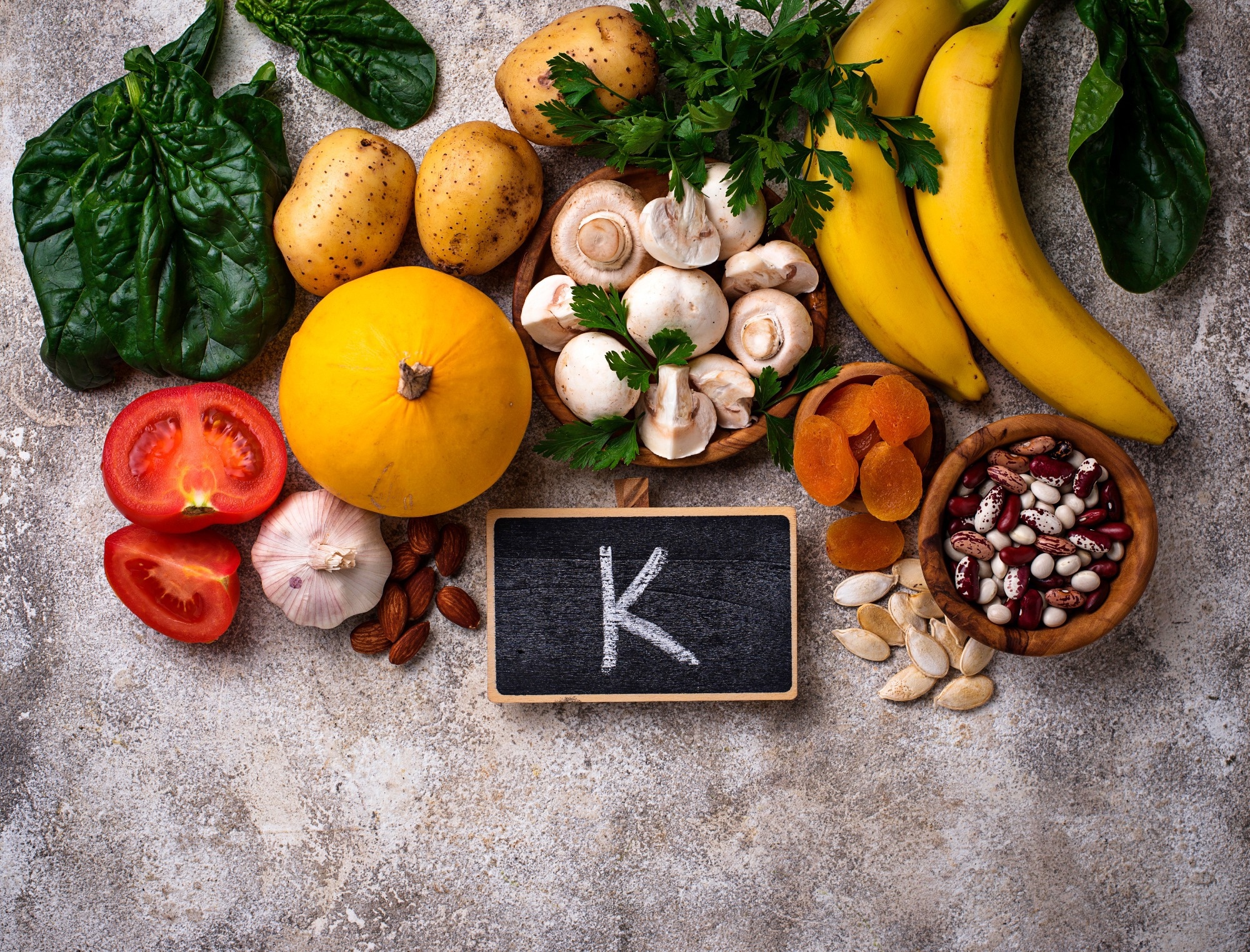• Planes, tanks bombard eastern areas of Gaza City overnight
• Five more, including two children, die of starvation and malnutrition
• Hamas leader due in Cairo in bid to salvage ceasefire talks
CAIRO: Israeli planes and tanks kept bombarding eastern areas of Gaza City overnight, killing at least 11 people, witnesses and medics said on Tuesday, with Hamas leader Khalil Al-Hayya due in Cairo for talks to revive a US-backed ceasefire plan.
On Tuesday, Gaza’s health ministry said that 89 Palestinians have been killed by Israeli fire in the past 24 hours.
Meanwhile, five more people, including two children, have died of starvation and malnutrition in Gaza in the past 24 hours, the territory’s health ministry said. The new deaths raised the number of deaths from the same causes to 227, including 103 children, since the war started, it added.
The latest round of indirect talks in Qatar ended in deadlock in late July with Hamas and Israel trading blame over the lack of progress on a US proposal for a 60-day truce and prisoner release deal.
Israel has since said it will launch a new offensive and seize control of Gaza City, which it captured shortly after the war’s outbreak in October 2023 before pulling out.
Israeli Prime Minister Benjamin Netanyahu’s plan to expand military control over Gaza, expected to be launched in October, has increased a global outcry over the widespread devastation and a hunger crisis spreading among Gaza’s largely homeless population of over two million.
It has also stirred criticism in Israel, with the military chief of staff warning it could endanger surviving prisoners and prove a death trap for Israeli soldiers. It has also raised fears of further displacement and hardship among the estimated one million Palestinians in the Gaza City region.
A Palestinian official with knowledge of the ceasefire talks said Hamas was prepared to return to the negotiating table, and the leaders who are visiting Cairo on Tuesday would reaffirm that stance.
“Hamas believes negotiation is the only way to end the war and is open to discuss any ideas that would secure an end to the war,” the official, who asked not to be named due to the sensitivity of the matter, told Reuters.
Egypt’s state-affiliated Al Qahera News television said the Hamas delegates have arrived in Egypt “for consultations over ceasefire talks”. However, the gaps between the sides appear to remain wide on key issues, including the extent of any Israeli military withdrawal and demands for Hamas to disarm.
Disarmament conditions
A Hamas official told Reuters on Tuesday, the group was ready to relinquish Gaza governance on behalf of a non-partisan committee, but it wouldn’t drop its arms before a Palestinian state is established.
Netanyahu, whose far-right ultranationalist coalition allies want an outright Israeli takeover and re-settlement of Gaza, has vowed the war will not end until Hamas is eradicated.
Gaza’s health ministry said on Tuesday that 89 Palestinians have been killed by Israeli fire in the past 24 hours. Witnesses and medics said Israeli bombardments overnight killed seven people in two houses in Gaza City’s Zeitoun suburb and another four in an apartment building in the city centre.
In the south of Gaza, five people, including a couple and their child, were killed by an Israeli airstrike on a house in the city of Khan Younis and four others by a strike on a tent encampment in nearby coastal Mawasi, medics said.
The Israeli military said it was looking into the reports of the latest bombardments and that forces take precautions to mitigate civilian harm. Separately, it said on Tuesday that its forces had killed dozens of fighters in north Gaza over the past month and destroyed more tunnels used by fighters in the area.
Published in Dawn, August 13th, 2025










